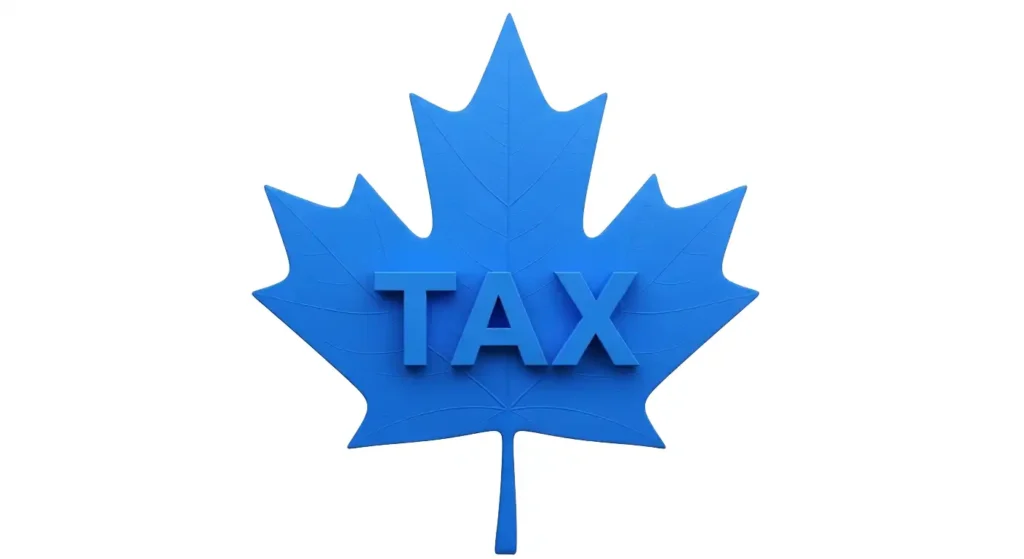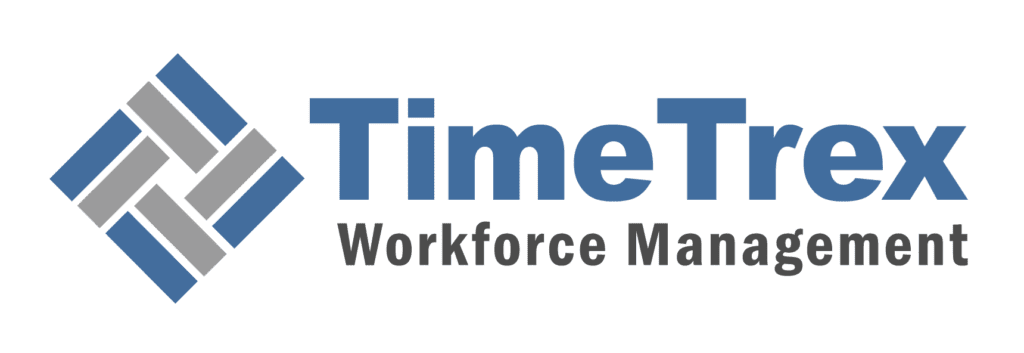
Canada's Aborted Digital Services Tax
Canada's Digital Services Tax (DST) represents a pivotal case study in the complexities of modern fiscal policy, international trade relations, and national sovereignty in the digital age. Proposed as a unilateral solution to the global challenge of taxing highly digitalized multinational enterprises, the DST was a 3% levy on the Canadian-source revenues of the world's largest technology companies. Its lifecycle was brief but exceptionally turbulent, culminating in a dramatic reversal that carries profound implications for Canada and the international community.
Article Contents
- Introduction: The Rise and Fall of Canada's Unilateral Digital Tax
- Deconstructing the Digital Services Tax Act (Bill C-59)
- The Policy Rationale: A Quest for Tax Fairness in the Digital Age
- The International Context: Navigating Between Unilateral Action and the OECD's Pillar One
- The Collision Course: U.S. Opposition and the USMCA Trade Dispute
- Economic Impact Analysis: Costs, Consequences, and Market Reactions
- The Eleventh-Hour Reversal: The Rescission and Its Immediate Aftermath
- Strategic Outlook and Recommendations: The Future of Digital Taxation in Canada
Introduction: The Rise and Fall of Canada's Unilateral Digital Tax
The rapid digitalization of the global economy has presented one of the most significant challenges to international tax principles in a century. Traditional rules, developed for an era of brick-and-mortar commerce, have long been predicated on the concept of physical presence. Highly digitalized multinational enterprises (MNEs), however, can generate immense value from a country's market without establishing any such presence, creating a critical "taxation gap."
It was in this global context that Canada embarked on a path to implement its own solution: the Digital Services Tax (DST). After years of development, it was enacted into law on June 28, 2024. Yet, its existence was fleeting. Following an intense escalation of trade tensions with the United States, the Canadian government announced it would rescind the tax on June 29, 2025, aborting the policy on the eve of its first collection deadline.
Foundational Clarification: DST vs. Digital Sales Tax (GST/HST)
A common point of confusion is the difference between Canada's DST and a digital sales tax. The two are fundamentally different. A Digital Sales Tax (GST/HST) is a value-added consumption tax applied to individual transactions for digital products and services, ultimately borne by the consumer. In contrast, the Digital Services Tax (DST) was a novel 3% levy applied directly to the gross revenues earned by very large corporations from specific digital services, not on profits or individual sales.
Deconstructing the Digital Services Tax Act (Bill C-59)
The legal framework for the DST was established by the Digital Services Tax Act, which was part of Bill C-59. The Act's mechanics were precisely calibrated to capture a specific type of large, global enterprise.
The Mechanics of the Tax
The DST was structured as an annual tax on certain Canadian-source digital revenues. Its core components were designed to limit its application to only the largest MNEs.
| Provision | Specification |
|---|---|
| Tax Rate | 3% on taxable Canadian digital services revenue. |
| Global Revenue Threshold | Consolidated group revenue of €750 million or more in a prior fiscal year. |
| Canadian Revenue Threshold | More than CAD$20 million in in-scope Canadian digital services revenue. |
| Registration Threshold | Required for groups with >€750M global revenue and >CAD$10M Canadian revenue. |
| Deduction Amount | The 3% tax applied only to Canadian revenue in excess of CAD$20 million. |
| Retroactive Date | Applied to revenues earned on or after January 1, 2022. |
Defining "In-Scope" Canadian Digital Services Revenue
The legislation meticulously defined four specific categories of revenue subject to the tax: Online Marketplace Services, Online Advertising Services, Social Media Services, and User Data Revenue. The sourcing of this revenue to Canada was determined by the location of the users.
The Retroactivity Clause
Perhaps the most contentious feature was its retroactive application to all in-scope revenues earned from January 1, 2022, onward. The first payment, due June 30, 2025, would have covered three full years, estimated at nearly CAD $2.5 billion.
The Policy Rationale: A Quest for Tax Fairness in the Digital Age
The Canadian government advanced several justifications for the DST, framed around fairness, modernization, and revenue generation.
- The "Fair Share" Argument: The dominant rationale was that the largest digital companies were not paying their fair share of Canadian tax under the existing international framework.
- Modernizing the Tax Code: The DST was pitched as an essential update to bring the tax code into the 21st century, capturing value generated from user engagement and data.
- Revenue Generation: The tax was projected to generate $7.2 billion in revenue over five years, a significant contribution to federal coffers.
- Leveling the Playing Field for Canadian Media: An important objective was to address the flow of Canadian advertising dollars to foreign-owned digital platforms.
The International Context: Navigating Between Unilateral Action and the OECD's Pillar One
Canada's DST was a direct product of a years-long global debate on reforming international taxation. Its implementation and failure are tied to the slow-moving multilateral process led by the Organisation for Economic Co-operation and Development (OECD).
The OECD has been working on a two-pillar solution. Pillar One seeks to reform tax allocation rules, ensuring MNEs pay tax where their consumers are located. As progress stalled, Canada broke from an international moratorium and proceeded with its own DST, positioning it as an interim measure until Pillar One could be implemented.
Pillar One vs. DST: A Comparative Analysis
The Canadian DST and the OECD's Pillar One represented vastly different approaches to solving the same problem.
| Feature | Canada's Digital Services Tax | OECD Pillar One (Amount A) |
|---|---|---|
| Tax Base | Gross Revenue from specified digital activities. | A portion of Net Profit (residual profits). |
| Scope - Revenue Thresholds | Global revenue > €750 million; Canadian revenue > CAD$20 million. | Global revenue > €20 billion; Profitability > 10%. |
| Scope - Activities | Narrowly defined digital services (marketplaces, ads, social media). | Broadly applicable to all industries, with some exclusions. |
| Economic Nature | An excise or turnover tax, with costs passed to users. | A reallocation of corporate income tax liability. |
| U.S. Position | Hostile opposition; viewed as discriminatory. | Reluctant participation; preference over unilateral DSTs. |
The Collision Course: U.S. Opposition and the USMCA Trade Dispute
The DST was met with immediate, sustained, and powerful bipartisan opposition from the United States. The central U.S. argument was that the tax was designed to be discriminatory, disproportionately harming successful American firms.
The conflict boiled over in late June 2025. Following his return to office, President Donald Trump declared the DST a "direct and blatant attack on our Country" and announced he was "terminating ALL discussions on Trade with Canada, effective immediately," followed by a direct threat of retaliatory tariffs.
Economic Impact Analysis: Costs, Consequences, and Market Reactions
The DST's economic impact was felt not by the targeted tech giants, but by the Canadian businesses and consumers they serve. The tax's design as a levy on gross revenue triggered immediate market reactions that revealed a disconnect between the policy's rhetoric and its real-world effects.
The Pass-Through Effect: From Tech Giants to Canadian Businesses
Rather than absorbing the 3% levy, major digital platforms announced they would pass the cost directly on to their Canadian customers, primarily businesses using their services for advertising.
| Platform | Surcharge Name | Surcharge Rate | Effective Date |
|---|---|---|---|
| Google Ads | "Regulatory Operating Cost" | 2.5% | October 1, 2024 |
| Amazon Advertising | "Regulatory Advertising Fee" | 3% | August 15, 2024 |
This reality proved that the tax was not simply being paid by "web giants" but was immediately shifted to Canadian entrepreneurs, retailers, and service providers, increasing their operating costs.
The Eleventh-Hour Reversal: The Rescission and Its Immediate Aftermath
After years of development, the DST collapsed with stunning speed. A direct and unambiguous threat from the United States forced the Canadian government into a complete reversal, abandoning the policy on the very eve of its implementation.
Timeline of the Collapse
The policy's demise unfolded over a single weekend in June 2025.
| Date/Period | Event |
|---|---|
| June 20, 2024 | Bill C-59, containing the DST Act, receives Royal Assent. |
| August 2024 | The U.S. initiates a dispute under the USMCA. |
| Friday, June 27, 2025 | U.S. President Trump terminates trade negotiations and threatens new tariffs. |
| Sunday, June 29, 2025 | The Canadian government announces it will rescind the Digital Services Tax. |
| Monday, June 30, 2025 | The first DST payment deadline passes with the tax officially halted. |
The political reality was widely interpreted as a capitulation to the immense pressure exerted by the U.S. and the existential threat of a trade war.
Strategic Outlook and Recommendations: The Future of Digital Taxation in Canada
The abrupt withdrawal of the DST has created a policy vacuum, leaving the fundamental challenges of digital taxation unresolved while offering stark lessons for policymakers and businesses.
The Policy Vacuum and the Path Forward
Canada has reverted to the pre-DST status quo, forgoing an estimated $7.2 billion in projected revenue. The future of digital taxation in Canada will now likely focus on a renewed push for a multilateral solution through the OECD.
Recommendations for Stakeholders
- For Canadian Policymakers: The primary lesson is that unilateral tax policies that challenge the core economic interests of a superpower partner are fraught with unacceptable risk. Future policy requires a clear-eyed assessment of geopolitical realities.
- For Multinational Corporations: The saga underscores the persistent risk of uncoordinated unilateral tax measures. Proactive engagement with governments and advocating for stable, profit-based international tax rules is critical.
- For Canadian Businesses: Foreign tax policies can have direct impacts on domestic operational costs. Businesses must monitor international regulatory risk and advocate for domestic policies that foster a competitive environment without inviting disruptive trade disputes.
Simplify Your Payroll and HR
Navigating complex regulations and administrative tasks can be challenging. TimeTrex offers comprehensive, all-in-one payroll and workforce management solutions to help your business thrive.
Learn More About TimeTrex Payroll SolutionsDisclaimer: The content provided on this webpage is for informational purposes only and is not intended to be a substitute for professional advice. While we strive to ensure the accuracy and timeliness of the information presented here, the details may change over time or vary in different jurisdictions. Therefore, we do not guarantee the completeness, reliability, or absolute accuracy of this information. The information on this page should not be used as a basis for making legal, financial, or any other key decisions. We strongly advise consulting with a qualified professional or expert in the relevant field for specific advice, guidance, or services. By using this webpage, you acknowledge that the information is offered “as is” and that we are not liable for any errors, omissions, or inaccuracies in the content, nor for any actions taken based on the information provided. We shall not be held liable for any direct, indirect, incidental, consequential, or punitive damages arising out of your access to, use of, or reliance on any content on this page.
About The Author

Roger Wood
With a Baccalaureate of Science and advanced studies in business, Roger has successfully managed businesses across five continents. His extensive global experience and strategic insights contribute significantly to the success of TimeTrex. His expertise and dedication ensure we deliver top-notch solutions to our clients around the world.
Time To Clock-In
Start your 30-day free trial!
Experience the Ultimate Workforce Solution and Revolutionize Your Business Today
- Eliminate Errors
- Simple & Easy To Use
- Real-time Reporting

Saving businesses time and money through better workforce management since 2003.
Copyright © 2025 TimeTrex. All Rights Reserved.
